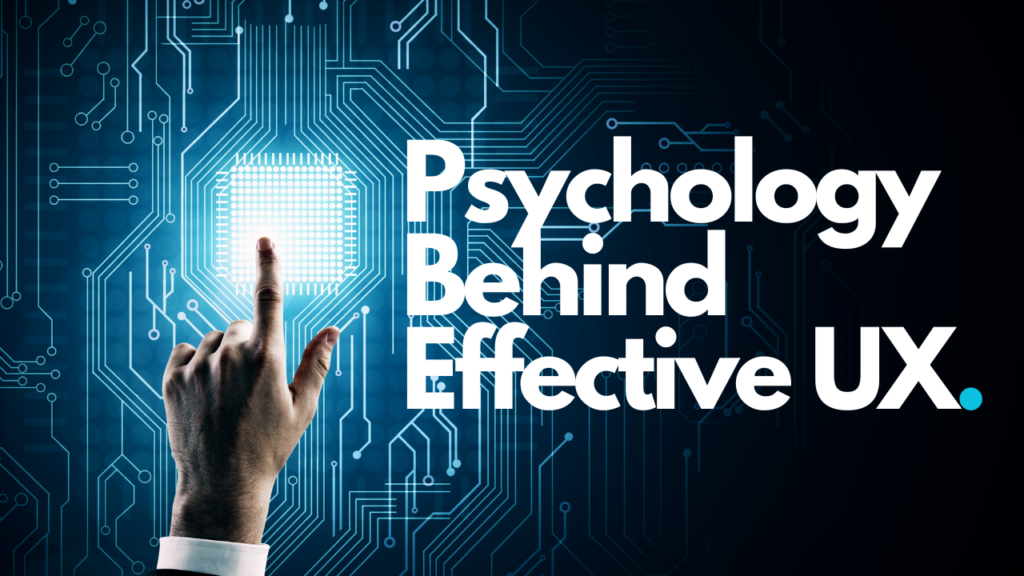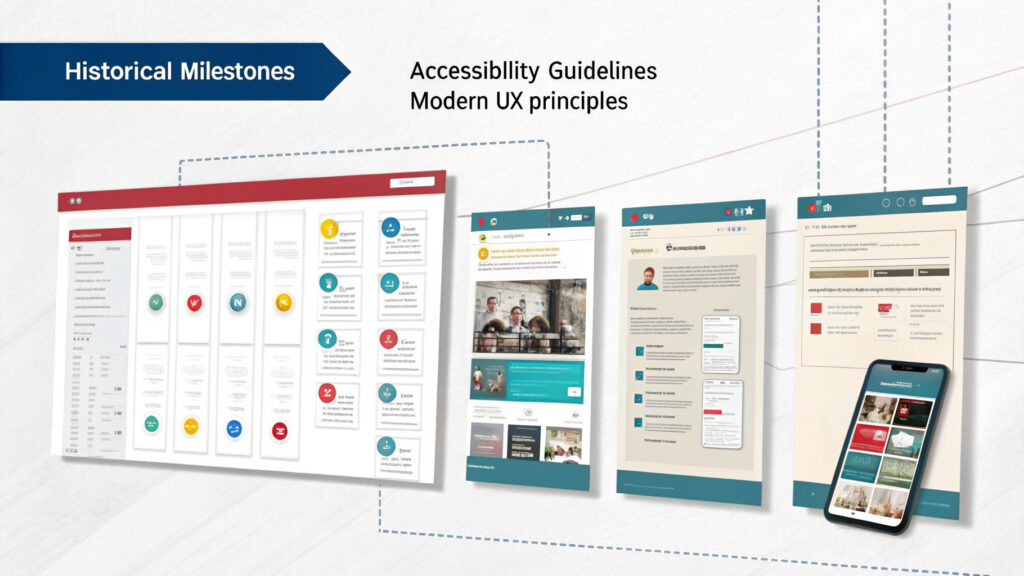
For decades, we’ve been led to believe that technology ought to be as complex as the algorithmic catacombs running behind the seamless, shiny interfaces. Oh, the grand deception! Effective UX psychology is the magic potion that transforms frustratingly intricate systems into child’s play. And voila, even our grannies are suddenly tech-savvy.
UX, or User Experience, is more than just the aesthetic appeal of an application. It’s about ensuring that users can navigate your system effortlessly, like a walk in the park on a breezy Sunday afternoon. But how does one achieve this nirvana of user-friendliness? Allow me to intrigue you with the marvelous world of effective UX psychology.
Like a skillful puppet master, a UX designer manipulates various psychological principles to guide users through a system. Cognitive load theory, for instance, is an essential tool in the UX designer’s arsenal. Much like expecting a five-year-old to comprehend quantum physics, overloading your user’s cognitive abilities will only lead to a brain meltdown. The key is to keep it simple, silly.
The Law of Proximity is another compelling principle of effective UX psychology. It’s like love at first sight, but for interface items. Objects that are close together are perceived as related, making navigation more intuitive. But clump them together like an over-excited flash mob, and you risk overwhelming users. Balance, my dear friends, is the essence.
Then there’s the Gestalt principles, a group of theories that describe how people perceive visual elements. We’re talking figure-ground, similarity, continuity, closure, and proximity. Throw in a bit of symmetry, and you’ve got yourself an attractive, intuitive interface. It’s like the secret recipe to grandma’s apple pie – just right and oh-so-delicious.
The Fitts’s Law comes into play when designing interactive elements. It’s like the Goldilocks of UX – not too big, not too small, but just the right size and distance for easy clicking. Remember, every extra millisecond a user spends aimlessly wandering around your interface is a point lost in the grand game of user satisfaction.
Now, let’s touch on the psychology of colors and typography. Yes, we are delving into the realm of visual hierarchy where the right color and font size can make or break your design. Like the wrong outfit on a first date, poor color and type choices can quickly turn a user off.
Effective UX psychology also relies heavily on feedback. Not the “Oh, I love your new haircut” kind of feedback, but informative, immediate responses to user actions. It’s like having a cordial conversation where both parties are actively involved. Your system talks, the user listens, and vice versa.
In the end, the secret recipe for effective UX psychology isn’t locked away in some mysterious vault, accessible only to a select few. It’s found in the basic understanding of human psychology, in the appreciation of simplicity, and in the ability to empathize with the user. It’s about creating a user experience that’s as smooth as a premium, single malt whisky.
To all the aspiring UX designers out there, remember, effective UX psychology is not just about understanding the user’s mind. It’s about stepping into their shoes, seeing the world through their eyes, and then designing an experience that’s nothing short of magic. So, put on your wizard’s hat, and let’s design some enchanting user experiences!


